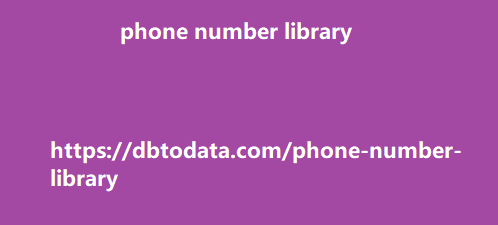So, I’ll only be including recent and timely strategies that I haven’t written about yet in my other posts. Serving intent Intent should now be the primary focus in blog writing when you’re trying to make your posts rank. Historically, keyword optimization was more technical and straightforward where you just needed to put in the keywords in the title tag, meta description, H1, and the body of your content. But as times have changed andmachine learning algorithms and content understanding capabilities, serving the right intent for your target keyword is more important than ever. The buzzword for the industry in recent years is “LSI keywords” while this may hold some importance to some extent, it doesn’t necessarily help you with serving intent.
Why? Because in a nutshell, latent
semantic indexing keywords are terms that are conceptually related to your target keyword—so if you’re already writing about your keyword topically—which you should, not focusing on the particular keyword, but the overall topic it covers, you’re automatically targeting LSI keywords without having to research, think, focus, and write about them. Knowing semantic search and serving intent—through manually checking what kind of pages is Google ranking for your target topic or keyword—will not only help you save time and effort but will also help you in determining if you will rank well. There have been many instances in the past where my team and I wrote about a specific keyword or topic while not checking the search results for them.
What happened was we were not able to rank
well for a considerable amount of time because the search results were serving category and product pages instead of content-heavy pages. If we had just understood the right intent to serve, we wouldn’t have had to rewrite and repeat efforts which took more time and energy. Republishing Republishing (and updating) sounds simple but is still an underrated tactic for updating old blog posts. Blog writing doesn’t always have to be about completely new topics, it can be about republishing articles. There are some blog posts that are so outdated that their contents are not even applicable to today’s day and age. Republishing and updating the information contained in that blog post does not only improve its freshness signals but it’s also an opportunity for you to gain more valuable traffic by having otherwise useless blog posts turn into a traffic-attracting one.
For example, here’s a blog post I updated a
while back: 10 things you need to stop doing in your marketing emails This was published in 2015 and I noticed that some of the things I wrote about were already outdated. So I added two more factors and updated the content to be more relevant and accurate. Technical factors This is the easiest and most used tactic for updating old, underperforming blog posts. If you believe that the information of your old blog post is still sufficiently applicable to today’s time, then maybe it just needs a refresher. Maybe your title tag isn’t attracting clicks? Or your meta description doesn’t necessarily imply what the page is about which is why users don’t click on your search results.
Changing them to become more appealing and
adding timely and informative content benin phone number library will sometimes do the trick. Through tactics like the ones I’ve mentioned and the ones I’ve written about before, we’ve achieved more traffic count. One of the best examples I can show is an old and underperforming client blog post that jumped right into their top 10 most visited pages over the course of a year: We did a mix of the tactics I’ve mentioned and optimized the page to be eligible for the featured snippet position. In a matter of a few months, it already gained traffic that’s immensely better than the numbers it used to have. Once it reached the featured snippet spot, it only enjoyed a larger number.
Last January, Google made it possible for users
to see clothes, shoes, and other products all at once along with the specific brands and retailers. This made it possible for retailers to display the products and brands they carried directly in the user’s search results. All webmasters and SEOs had to do to have their products visible in the search results is by using schema markups or by directly submitting the products in Google Merchant Center. However, Google also stated that they may include products/content related to retail that were crawled, even though it wasn’t marked up using schema or submitted to Google Merchant Center. This meant that we didn’t have that great of a control over which products and corresponding information are displayed in the search results – until now.
Controlling Products and Product Information
on Google SERPs marketing automationmailchimp Google released a variety of ways that can enable webmasters and SEOs to control their data that are displayed on the search results. The 2 primary ways are through a set of robots meta tags or the use of an HTML attribute. Here they are: Removing Snippets from Your Products You can use the “nosnippet” robots meta tag on your product pages to prevent snippets from being shown in the search results. This is basically, removing everything except the title tag in your search engine listing. Everything from star ratings, descriptions, and images are removed when you use the “nosnippet” meta tag. As Google puts it “Using this meta tag you can specify that no snippet should be shown for this page in search results.
It completely removes the textual, image and
rich snippet for this page on Google and fans data removes the page from any free listing experience.” Here’s what it looks like: nosnippet robots meta tag example Source: Google Limiting the Snippet for Your Product Unlike the “nosnippet” robots meta tag, the “max-snippet:[n]” meta tag simply decreases the snippet length for your page’s search engine listing. This doesn’t make sense to me since you can directly affect the information contained in the snippet that Google is displaying. Especially if it comes from the page’s structured data. This particular robots meta tag will only make sense if Google is pulling information from other parts of your page that you did not indicate, but this is already a signal that the information you included in the structured improving the information in your structured data rather than limiting the snippet for your page.







